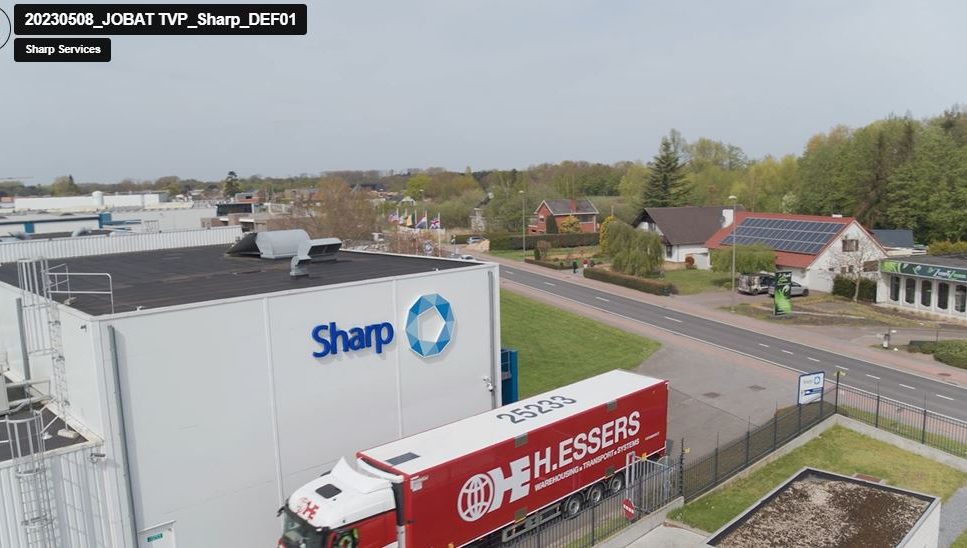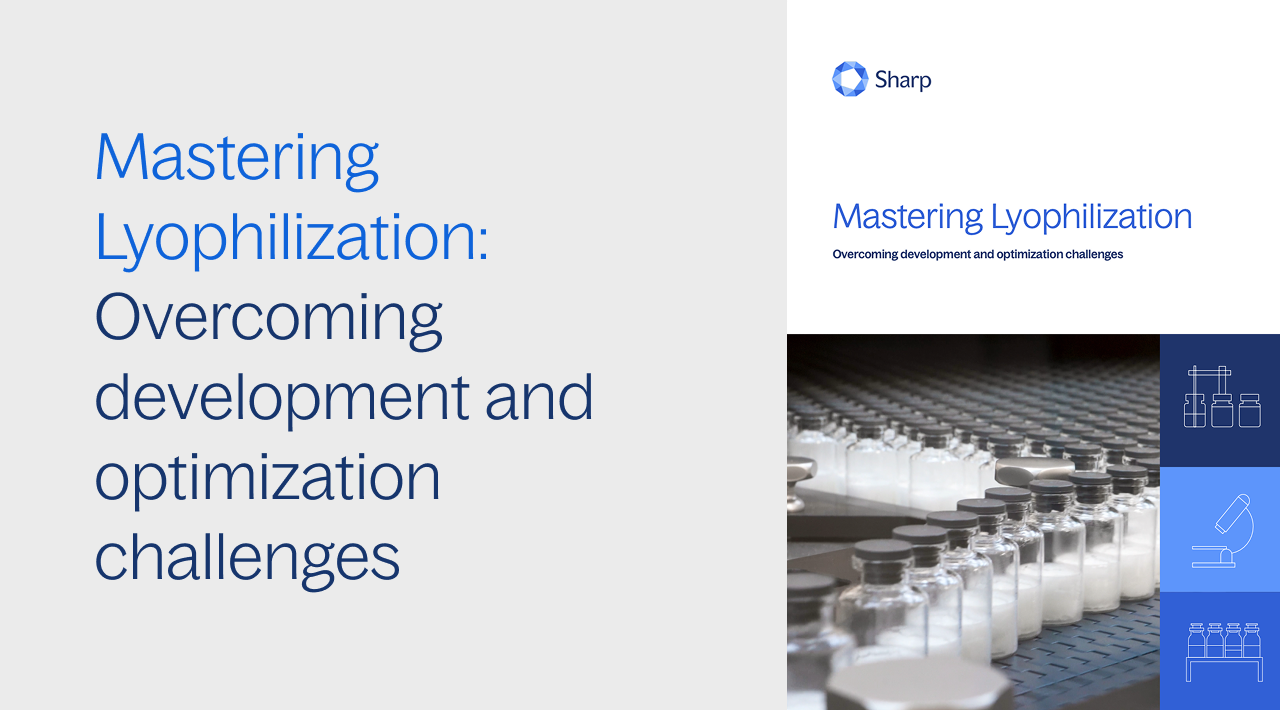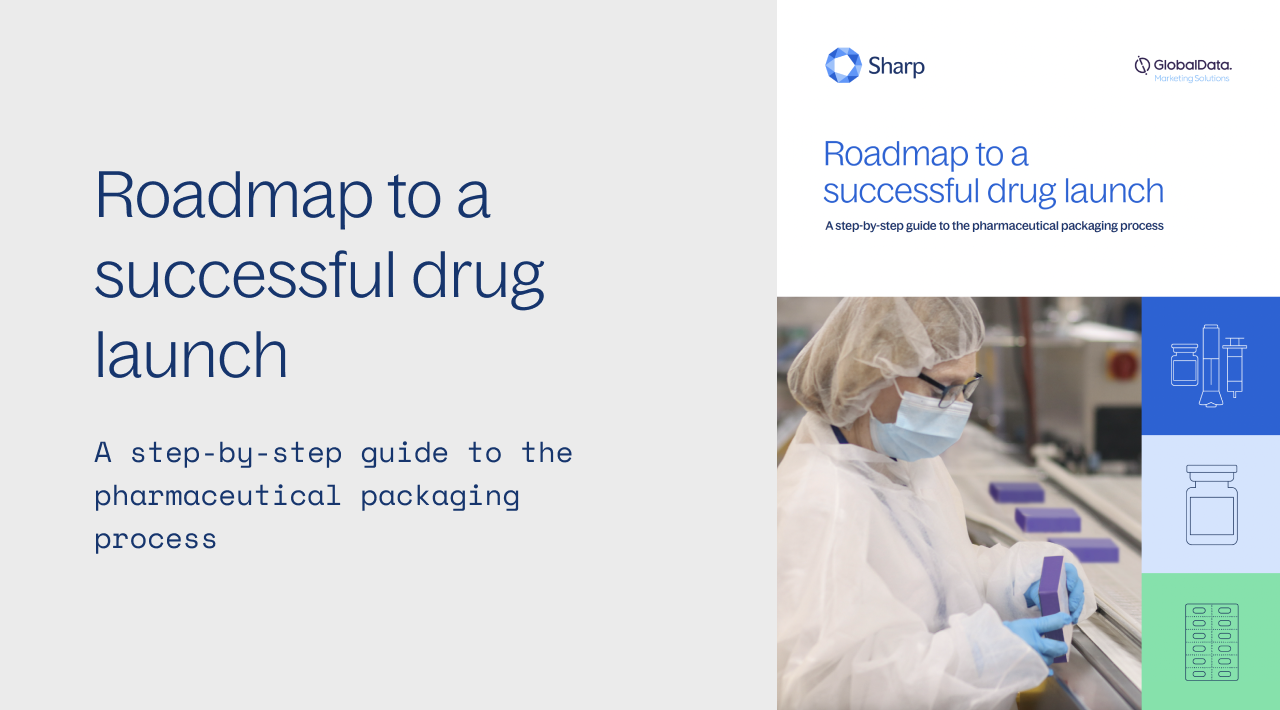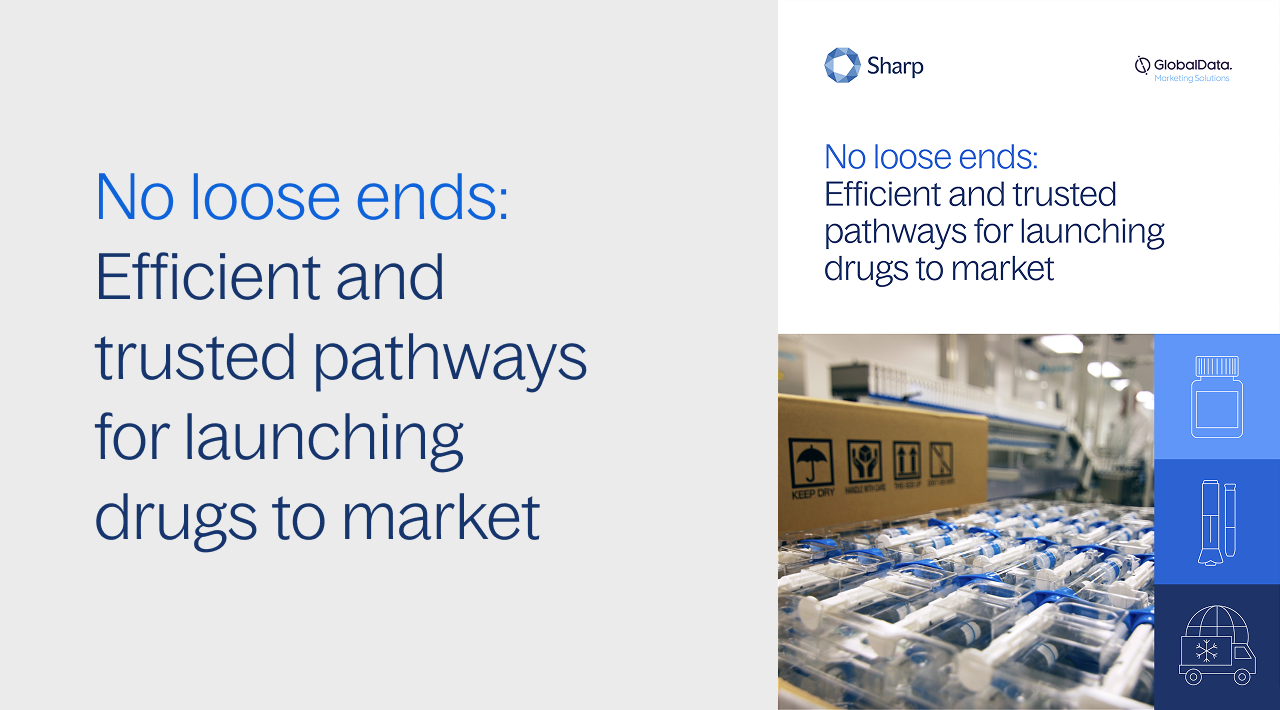Alexander Schäfer, business development manager for Sharp in Europe, has over twenty years experience supporting pharma companies in bringing their drugs to market. In this article, he highlights some of the biggest considerations in the assembly, labeling and packaging of autoinjector devices.
The global injectables market continues to be a growth powerhouse within the pharmaceutical industry, outpacing all other dosage forms globally. The increasing prevalence rate of chronic illnesses, along with faster approval of sterile injectables compared to other drug types is contributing to driving growth. This packaging format played a major role for bringing the lifesaving COVID-19 vaccines to market during the pandemic. While cartridges and pen devices play a more limited role, within the diabetes market particularly, we are seeing major growth in pre-filled syringes and autoinjectors. Autoinjectors are increasingly becoming the format of choice for pharma, as they offer convenience and a patient-friendly experience. GLP-1 products (those that are used to treat type-2 diabetes) are just one of the major growth drivers in the autoinjector category.
What are some main questions for selecting the right device?
There are many factors you should consider before selecting your autoinjector device including:
- Capex investment
- Risk
- Volumes
- Availability
- Technical requirements
- Timeline
- Commitment
- Environmental Sustainability
Depending on your requirements, you might want to develop a customized device together with a device manufacturer or, you have the option of selecting a more standardized device with some limited options for customization.
There are several off-the-shelf ‘standard’ devices on the market which allow smaller to medium-size companies to develop an autoinjector version of their product without needing to invest in developing a solution from scratch.
Should I in-source or out-source the assembly operation of my autoinjector?
Assuming that a fill/finish partner for the pre-filled syringes had been selected already, you now need to explore whether the same site can also assemble the syringe into the autoinjector. This presents the same challenge whether this is an in-house operation or run via a third party.
You need to confirm that the site selected can offer the capacity and/or the space required to run the assembly operation, or at least offer the expertise to onboard your project within the specified timeline.
CAPEX requirements, space requirements, availability of expertise, timelines, and the overall risks involved are the main drivers that contribute to a ‘make-or-buy’ decision.
Are there one-size-fits-all solutions for your assembly project?
The simple answer is “No”.
Historically the autoinjector assembly process was always a very bespoke and/or dedicated operation with assembly lines being designed to run just one specific device. Nowadays there are some more flexible assembly machines on the market that allow you to run different devices on one machine by using specific tooling and ‘recipes’. However, not every assembly machine is able to handle different types of devices.
Alongside the flexible machines there are also different sizes of machines from 1-2pm table-top machines for small scale up to fully automated, high speed 100ppm+ machines for large volumes. Needless to say, not every project is a good fit for every piece of equipment and vice versa.
What about the labeling and packaging?
Again, this is mainly dependent on your packaging design, volumes, timelines and the flexibility with maybe working with an available solution.
In general, you need to determine whether your assembly site will be your labeling and packaging site, which may not necessarily be the case. It is worthwhile looking into different solutions, the costs involved and the potential flexibility you might need for running your device portfolio.
Another important question is whether you should co-locate the assembly with the labeling process. In some cases, it might be more beneficial to move the late-stage customization to the packaging operation.
Your packaging operation might also require different solutions for smaller or larger volumes, for single packs or multipacks, so there are multiple aspects which need to be factored into your decision for a specific packaging solution.
How can I develop and launch a more sustainable autoinjector device?
Many players in the pharma industry are working hard to move towards more sustainable primary and secondary packaging solutions across all pharma products, including autoinjector devices. However, material choices are still very limited for launching a fully sustainable autoinjector, particularly with the regulatory restrictions on primary packaging. The Alliance to Zero is an example of a new consortium of pharma suppliers working together to offer the pharma industry a Net Zero autoinjector, but decarbonizing the supply chain in complex and it will take several more years before a practical solution is readily available.
There are more options available today, however, for sustainable secondary packaging including labels, leaflets, trays, and cartons using reduced carbon or even recycled materials.
Challenge your CDMO or co-packer to investigate what alternative eco-friendly materials options exist for your project and challenge them to include environmental considerations as part of the process.





